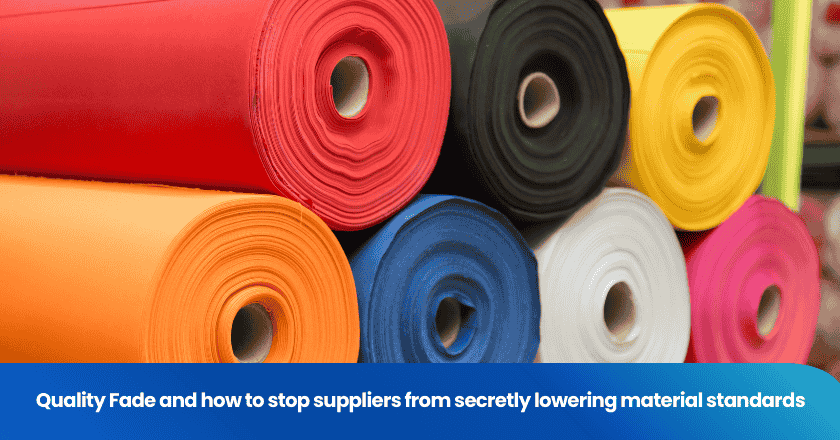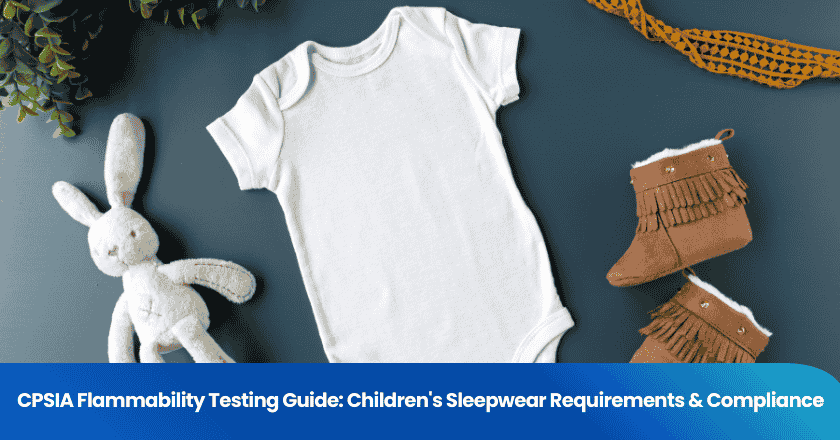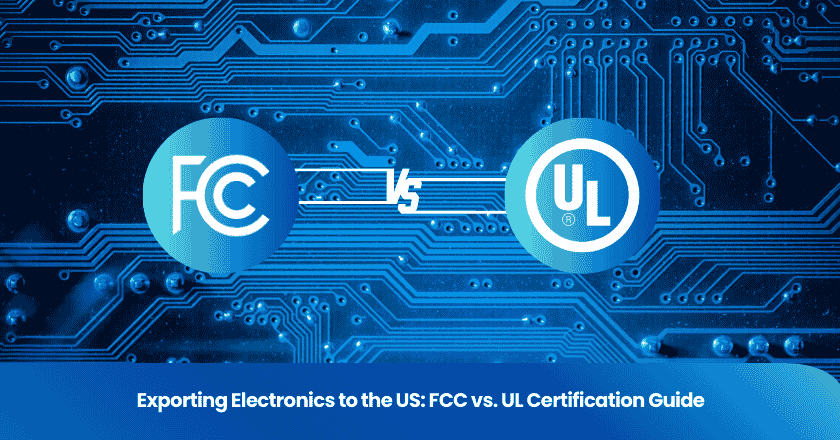
You trust pet food quality control to deliver safe, nutritious options for your companion animals. Quality control protects your pet from contamination, spoilage, and nutritional imbalances. By implementing strict quality standards, you support safeguarding pet health and consumer confidence. At every stage, from sourcing ingredients to packaging pet food and treats, you help maintain quality and ensure a consistent, reliable product.
Key Takeaways
• Quality control ensures pet food is safe, nutritious, and consistent at every production stage.
• Thorough supplier audits and ingredient testing prevent contamination and maintain high standards.
• Monitoring manufacturing processes with systems like HACCP stops hazards before they reach pets.
• Proper packaging, storage, and distribution protect pet food from damage and spoilage.
• Following regulations and clear labeling builds trust and guarantees product safety for pets.
Pet Food Quality Control Overview
What Is Quality Control?
You play a vital role in pet food quality control by ensuring every product meets strict standards. Quality control refers to the systematic processes you use to monitor, test, and verify the safety and quality of pet food at every stage. You check raw materials, oversee production, and inspect finished products. These steps help you prevent hazards and maintain consistency.
You often use several tools and methods for quality control, such as:
• Visual inspections of ingredients and finished goods
• Laboratory analysis for nutrients and contaminants
• Process monitoring to confirm correct temperatures and times
• Documentation and record-keeping for traceability
Note: Consistent quality control helps you catch problems early and protect pets from harm.
Why Pet Food Safety Matters
You understand that pet food safety is not optional. It forms the foundation of trust between you and pet owners. Unsafe pet food can cause illness, nutritional deficiencies, or even life-threatening conditions in animals. You must address potential risks like bacterial contamination, chemical residues, and improper nutrient levels.
Pet food safety involves:
• Testing for pathogens such as Salmonella or E. coli
• Monitoring for heavy metals and toxins
• Ensuring accurate labeling and ingredient lists
• Storing products under proper conditions
You help maintain safety by following strict protocols and responding quickly to any issues. Pet food safety protects animal health, supports your reputation, and meets regulatory requirements. You demonstrate your commitment to quality and safety with every batch you produce.
Ingredient Quality Control
Supplier Audits and Validation
You start your quality control process by selecting reliable suppliers. You do not just accept any source for your ingredients. You conduct thorough audits to evaluate each supplier’s facility, safety protocols, and compliance with regulations. You review their history of delivering safe, high-quality ingredients. You check for certifications and require documentation that proves their commitment to quality.
You perform on-site inspections to observe their operations firsthand. You look for proper sanitation, pest control, and storage conditions. You verify that suppliers follow strict procedures for handling raw materials. You also validate their ability to trace ingredients back to their origin. This step ensures you can respond quickly if a problem arises.
Tip: Regular supplier audits help you identify risks before they affect your production.
Ingredient Testing and Analysis
You cannot rely on supplier claims alone. You must perform your own ingredient analysis to confirm quality and safety. You collect samples from every batch and send them for laboratory testing. You check for nutrient content, such as protein, fat, and vitamins. You also conduct microbiological testing to detect harmful bacteria like Salmonella or E. coli.
You use rapid testing methods to screen for contaminants, including heavy metals and mycotoxins. These quality control tests help you catch issues early. You repeat microbiological testing at different stages to ensure ongoing safety. You compare results to established standards and reject any ingredient that does not meet your requirements.
You document every test result and keep detailed records. This practice supports traceability and strengthens your quality control measures.
| Ingredient Analysis Checklist | Description |
|---|---|
| Nutrient Testing | Protein, fat, vitamins, minerals |
| Microbiological Testing | Salmonella, E. coli, mold, yeast |
| Heavy Metals Screening | Lead, arsenic, mercury, cadmium |
| Mycotoxin Detection | Aflatoxins, ochratoxin, fumonisins |
Traceability and Record-Keeping
You maintain complete traceability for every ingredient you use. You assign unique codes to each batch and record their movement through your facility. You track where each ingredient comes from and where it goes in your production process. This level of inspection allows you to pinpoint the source of any issue quickly.
You store records of supplier audits, ingredient analysis, and quality control tests. You update these records regularly and keep them organized for easy access. You use digital systems to streamline your documentation and reduce errors. You follow strict procedures to ensure your records remain accurate and secure.
Note: Strong traceability and record-keeping protect your business and your customers by enabling fast, targeted recalls if necessary.
You set a high standard for pet food quality control by focusing on supplier validation, ingredient analysis, and thorough inspection. You build trust with consumers by following these quality control measures at every step.
Manufacturing Quality Control
Process Monitoring and HACCP
You must monitor every step in your manufacturing process to maintain pet food safety and quality. One of the most effective systems you can use is Hazard Analysis and Critical Control Points (HACCP). HACCP helps you identify potential hazards and set up control measures at critical points in your production line. You start by analyzing each stage, from raw material handling to packaging. You then determine where risks might occur, such as contamination or improper cooking.
You set up critical control points (CCPs) where you monitor factors like temperature, moisture, and time. You record data at each CCP to ensure your process stays within safe limits. If you detect any deviation, you take immediate corrective action. This approach allows you to prevent problems before they affect the final product.
Note: Consistent process monitoring and HACCP procedures form the backbone of your quality control system.
Kill-Steps and Pathogen Control
You use specific kill-steps to eliminate harmful microorganisms and ensure pet food safety. Cooking, extrusion, and drying are common methods you apply during production. Each method uses heat or pressure to destroy pathogens like Salmonella, E. coli, and Listeria. You validate these steps by measuring internal temperatures and holding times.
You must document each kill-step and verify that your equipment reaches the required conditions. You also perform regular maintenance and calibration on your machines. This attention to detail helps you maintain safety and quality throughout your process.
| Kill-Step | Purpose | Monitoring Parameter |
|---|---|---|
| Cooking | Destroys bacteria and viruses | Temperature, Time |
| Extrusion | Applies heat and pressure | Pressure, Temp, Time |
| Drying | Reduces moisture, prevents mold | Moisture, Temp, Time |
You should always review your kill-step data and adjust your process if you find any inconsistencies.
In-Process Testing (NIR, SPC)
You rely on advanced in-process testing to maintain consistent quality control. Near-Infrared Reflectance (NIR) technology allows you to analyze nutrient content in real time. You can measure protein, fat, and moisture levels as the product moves through your line. This rapid testing helps you catch deviations early and make quick adjustments.
You also use Statistical Process Control (SPC) to track trends and variations in your production. SPC involves collecting data on key parameters and using charts to spot shifts or outliers. By monitoring these trends, you can prevent small issues from becoming major problems.
Tip: In-process testing with NIR and SPC supports your commitment to pet food safety and high product quality.
Palatability and Digestibility Testing
You must ensure that your pet food not only meets safety standards but also appeals to pets and supports their health. Palatability testing measures how much pets enjoy your product. You conduct feeding trials and observe acceptance rates, eating speed, and preference compared to other foods.
Digestibility testing evaluates how well pets can absorb and use the nutrients in your food. You collect data on stool quality, urine pH, and nutrient absorption. These quality control tests help you confirm that your product delivers the intended nutritional benefits.
You should document all results and use them to refine your formulas and processes. This ongoing evaluation ensures you meet both safety and quality expectations.
Remember: Palatability and digestibility testing are essential procedures for delivering safe, nutritious, and enjoyable pet food.
Packaging and Storage Controls
Packaging Integrity Checks
You must ensure that your packaging protects pet food from contamination and damage. You perform regular inspection of packaging materials before use. You check for tears, punctures, or weak seals. You also verify that packaging meets food safety standards. During production, you monitor the sealing process to confirm that each bag or container closes properly. You use visual inspection and sometimes pressure tests to detect leaks. If you find any defects, you remove those packages from the line. This step helps you maintain product safety and quality.
Tip: Consistent inspection of packaging reduces the risk of spoilage and keeps your product safe for pets.
Storage and Shelf Life Monitoring
You store finished pet food in clean, dry, and temperature-controlled areas. You organize products by batch and date to support easy inspection and rotation. You monitor storage conditions daily to prevent moisture buildup, pest infestation, or temperature fluctuations. You also track expiration dates and shelf life. You use a first-in, first-out (FIFO) system to ensure older stock ships first. This practice helps you maintain both safety and quality throughout the storage period.
| Storage Control Checklist | Purpose |
|---|---|
| Temperature Logs | Prevent spoilage |
| Humidity Checks | Avoid mold growth |
| Pest Monitoring | Ensure product safety |
| FIFO System | Maintain freshness |
Distribution Safety
You must protect pet food during distribution. You inspect vehicles and containers before loading to confirm cleanliness and proper temperature. You secure products to prevent shifting or damage in transit. You also require drivers to follow safety protocols. During delivery, you perform inspection at each transfer point. You document every step to maintain traceability and support rapid response if an issue arises. These actions help you deliver safe, high-quality pet food to retailers and consumers.
Note: Careful inspection and monitoring during distribution are essential for maintaining product safety from your facility to the final destination.
Pet Food Safety Standards and Labeling
Regulatory Compliance (AAFCO, FDA)
You must follow strict regulations to ensure pet food safety. The Association of American Feed Control Officials (AAFCO) sets nutritional standards for pet food in the United States. The Food and Drug Administration (FDA) enforces these standards and monitors product safety. You also need to consider USDA and ISO guidelines for international trade and quality management. Compliance with laws protects pets and builds trust with consumers. You should review all regulations regularly and update your procedures to stay current.
Note: Regulatory agencies may inspect your facility at any time. You must keep your records organized and accessible.
Labeling and Transparency
You must provide clear and accurate labels on every package. Labels must list all ingredients, guaranteed analysis, feeding instructions, and manufacturer contact information. You should avoid misleading claims and ensure that all statements meet pet food safety standards. Transparent labeling helps pet owners make informed choices. You can support transparency by sharing laboratory analysis results and explaining your quality control procedures.
| Labeling Requirement | Purpose |
|---|---|
| Ingredient List | Informs about contents |
| Guaranteed Analysis | Shows nutrient levels |
| Feeding Instructions | Guides proper use |
| Contact Information | Supports consumer questions |
Audits and Certifications
You must prepare for regular audits from regulatory bodies and third-party organizations. Audits check your compliance with laws and verify your pet food safety practices. You should document every step of your process, from sourcing to packaging. Certifications such as ISO 22000 or Safe Quality Food (SQF) show your commitment to high standards. You can use these certifications to demonstrate your dedication to safety and quality.
Tip: Regular audits and certifications help you identify areas for improvement and maintain consumer confidence.
You play a crucial role in quality control by monitoring every stage of production. Strong quality control ensures you deliver safe pet food and treats, directly safeguarding pet health. You should invest in staff training, update procedures, and review results regularly. For best results, follow strict quality control protocols and stay informed about regulations. Always check labels and ask questions to confirm product safety.
Remember: Prioritizing transparency and regulatory compliance strengthens your commitment to quality control.
FAQ
What is the most important step in pet food quality control?
You should focus on ingredient testing. This step helps you detect contaminants and verify nutrient levels. Consistent testing ensures you deliver safe, high-quality food for pets.
How often should you audit your suppliers?
You need to audit suppliers at least once a year. More frequent audits may be necessary if you identify risks or changes in supplier operations. Regular audits help you maintain strict quality standards.
Why is traceability important in pet food production?
You rely on traceability to track every ingredient from source to finished product. This process allows you to respond quickly to safety concerns and supports efficient recalls if needed.
How do you ensure packaging keeps pet food safe?
You inspect packaging materials before use. You check for damage and verify seals. Proper packaging prevents contamination and preserves freshness during storage and transport.
Can pet food quality control impact pet health?
You protect pet health by following strict quality control procedures. These steps reduce the risk of contamination, spoilage, and nutritional imbalances. Quality control supports the well-being of pets.
Grow your business with TradeAider Service
Click the button below to directly enter the TradeAider Service System. The simple steps from booking and payment to receiving reports are easy to operate.



